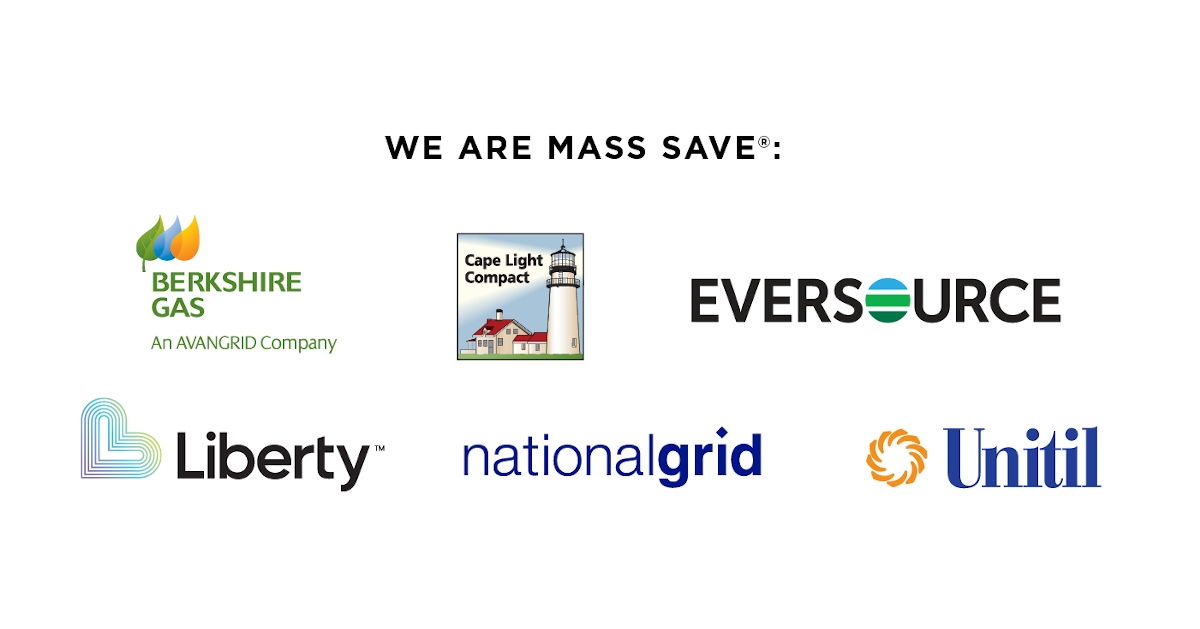
Massachusetts utilities submitted their statewide energy efficiency plan for 2022 through 2024 , seeking approval for $2.9 billion of investment over the three-year period. The plan reflects priorities set by recent climate action in the state focusing on equity and electrification. On March 26th, 2021 signed An Act Creating a Next-Generation Roadmap for Massachusetts Climate Policy, setting statutory requirements to reduce greenhouse gas emissions 50 percent by 2030 and achieve net zero by 2050, with a strong emphasis on ensuring that emissions reductions are achieved in an equitable manner.
The new significant emissions reductions from the buildings sector which contributed 27 percent of total emissions in the state in 2017, the second largest contributor behind the transportation sector. In the Interim Clean Energy and Climate Report for 2030 released December 2020, Massachusetts set a target to reduce emissions from the buildings sector by 9.4 MMTCO2 by 2030, accounting for 40 percent of planned reductions. Specifically, the plan points to electrification as a crucial means of achieving GHG reductions from the buildings sector to meet long-term climate targets. Utility energy efficiency programs will undoubtedly play an important role in meeting the increased 2030 goal
Energy efficiency resource planning in Massachusetts originated with the Green Communities Act of 2008 which mandates Massachusetts utilities pursue all cost-effective energy efficiency through a jointly filed statewide plan every three years. In 2018, Massachusetts amended the Green Communities Act to explicitly include strategic electrification as an eligible measure for utilities to implement. Utilities proposed and implemented in the ensuing 2019 to 2021 three-year plan. Building on the success of the previous plan, utilities are ramping up electrification measures in the 2022 to 2024 plan.
The 2022 to 2024 plan identifies three core priorities: electrification, equity, and workforce development, all in line with Massachusetts’s climate policy. The plan also includes enhanced incentives, community partnership, and renter and multi-lingual outreach to reach groups who have historically participated at lower rates. Expanding electrification by ramping up heat pump incentives while simultaneously phasing out incentives for fossil fuel technologies are also core priorities. Just three years after fuel switching became an eligible measure, electrification has taken center stage in Massachusetts’s utility energy efficiency planning, a sign of a rapidly accelerating market transformation.
Utility energy efficiency programs can play a vital role in accelerating building electrification, but many states maintain cost effectiveness requirements that restrict utilities from offering electrification measures. The American Council for an Energy Efficient Economy reports 11 states where fuel switching is either prohibited or discouraged. However, more states are beginning to leverage utility energy efficiency programs to advance building decarbonization. In 2019, California modified its cost effectiveness test to reflect reductions in overall energy use, paving the way for recent approvals of building decarbonization pilot programs. More recently, on June 21, 2021 Colorado signed SB 21-246 into law, which codifies fuel switching as an eligible energy efficiency measure and requires investor-owned utilities to file beneficial electrification plans with the Colorado Public Utilities Commission.



